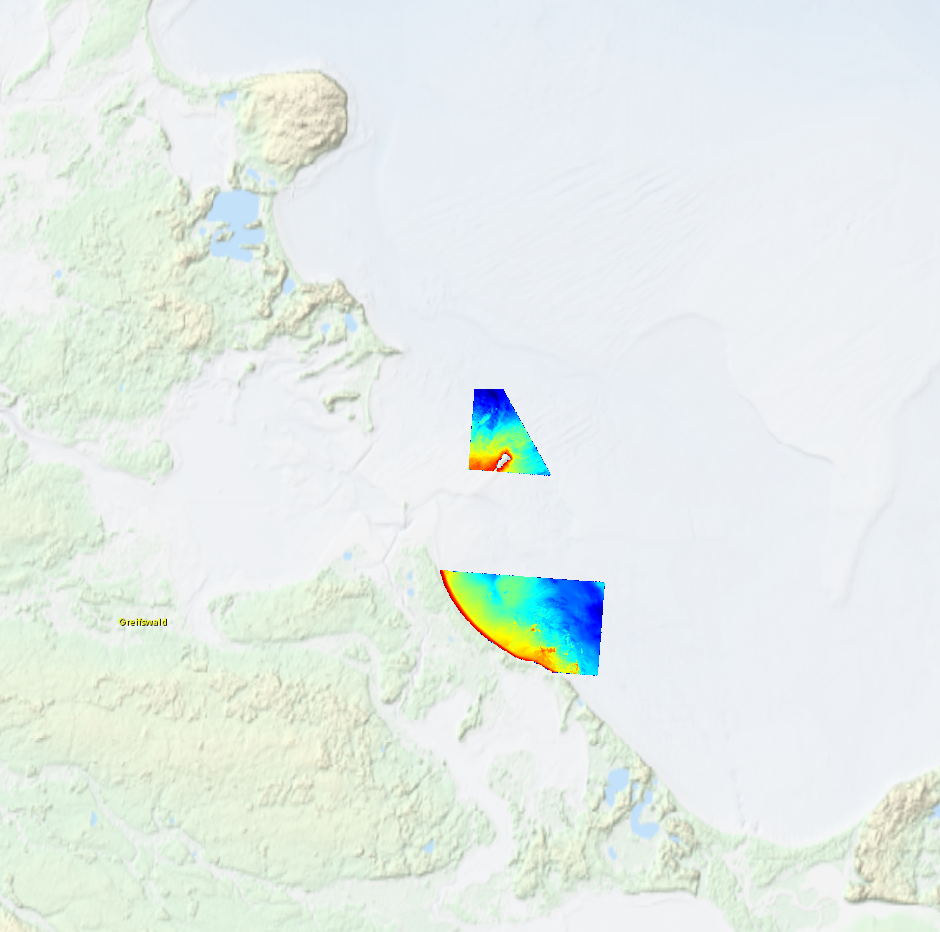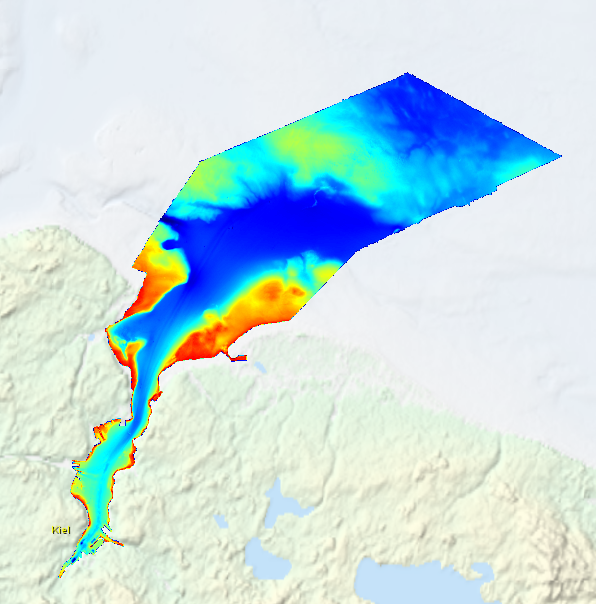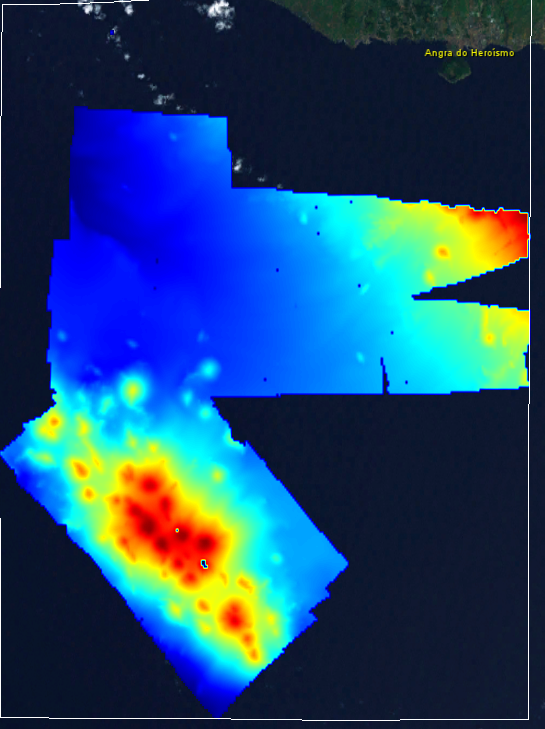200000
Type of resources
Available actions
Topics
Keywords
Contact for the resource
Provided by
Years
Formats
Representation types
Update frequencies
status
Scale 1:
Resolution
-

High resolution composite DTM based on multi beam surveys in German Bodden waters. All data acquired in 2016.
-

High resolution composite DTM based on multi beam surveys in Kiel Bay. All data acquired in the years 2013-2016.
-
This map shows benthic marine habitats and reef complexes surroounding Sceirde Rocks off the West Coast of Ireland. MBES bathymetry and backscatter were interpreted to classifiy the map into reef areas. ArcGIS Pro Spatial Analyst tools were used to extract the rock outcrops and sediment classes were groundtruthed using sample data.
-

Multibeam during Whale Prey Community Cruise 64PE456
-
Broadscale habitat (EUNIS level 3) for the Cromer Shoals Chalk Beds recommended Marine Conservation Zone (rMCZ).Seabed texture polygons mapped using semi automated ISO cluster unsupervised classification and expert interpretation of acoustic data (MBES bathymetry and backscatter) and groundtruthing data from PSA analysis and image (stills and video) classification.
-
This marine geophysical and multibeam survey was undertaken by British Geological Survey on behalf of Marine Scotland utilising the Northern Lighthouse Board vessel NLV Polestar, it took place in July/August 2012 off south-west Tiree. The purpose was to further our understanding of Scotland’s marine environment, increase the efficiency of use of public resources, enhance the safety of those at sea and contribute to new policy priorities such as marine protected areas, wider conservation measures, marine planning and renewable. Bathymetric data was collected using a Kongsberg EM3002D dual head, multibeam system. Data was acquired using a Kongsberg SIS operating system, logging raw .ALL files. This data was processed offline by BGS using CARIS HIPS and SIPS 7.1 SP2.
-
This marine multibeam and sampling survey was undertaken on Stanton Banks by the Joint Nature Conservation Committee (JNCC), Centre for Environment, Fisheries & Aquaculture Science (CEFAS) and British Geological Survey (BGS) in July/August 2012 on board the Northern Lighthouse Board vessel NLV Polestar. The survey was led by the JNCC and included a team from CEFAS who were involved in benthic sampling. A combination of surveys methods were employed, including seabed imagery (drop camera), day grabs and rock dredges. BGS collected sea floor multibeam bathymetry data using a Kongsberg EM3002D multibeam system.
-
This marine multibeam survey took place in July 2011 in the area around the Isle of Canna on the west coast of Scotland on board the Northern Lighthouse Board vessel NLV Pole Star. The survey was carried out by the British Geological Survey (BGS) on behalf of Marine Scotland and Scottish Natural Heritage (SNH). Sea floor bathymetry data were collected using a Kongsberg EM3002D multibeam system.
-
This map mostly results from the interpolation in gaps between surrounding maps. In places the rugosity derived from bathymetric data (soundings from hydrographic minutes and hydrographic lidar) enabled the interpreter to infer rocky seabed presence. In shallowest places aerial photography was also used to retrieve rocky seabed, distinguished from similar-looking Zostera beds owing to a historic Zostera bed inventory available to the project. The habitat classification was a synthesis of the main habitat classifications, namely: Generic habitats from the Habitat Directive (EUR 27), Elementary habitats from the French Cahiers dÔÇÖhabitats, The Rebent classificationand EUNIS level 4 as much as possible.
-
This map covers both the intertidal zone and subtidal zones of the study sites. It is made from high resolution remote sensing data - both acoustic and optical - from various surveys carried out over the period 2008 to 2013 of various types: (i) multibeam echosounder (MBES), side scan sonar (SSS), RoxAnn acoustic ground discrimination system (AGDS), (ii) ortho-photography (the ÔÇ£Ortholittorale surveyÔÇØ from 2000), (iii) topographic and bathymetric lidar . It was complemented by (i) underwater video,(ii) sediment and biological grab samples, (iii) ground truth data from surveys in the tidal and infralittoral zone using GPS, annotations and photography.The habitat classification was a synthesis of the main habitat classifications, namely:Generic habitats from the Habitat Directive (EUR 27), Elementary habitats from the French Cahiers dÔÇÖhabitats, The Rebent classificationand EUNIS level 4 as much as possible. Map scale is in the range of 1:20000, with local improvements to 1:10000.
 EMODnet Product Catalogue
EMODnet Product Catalogue